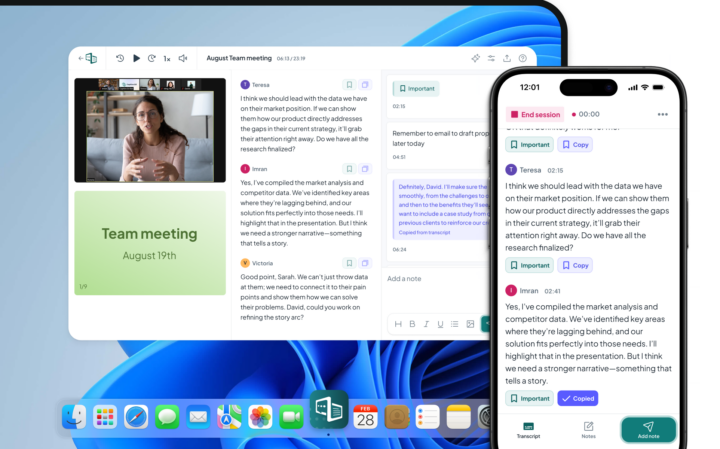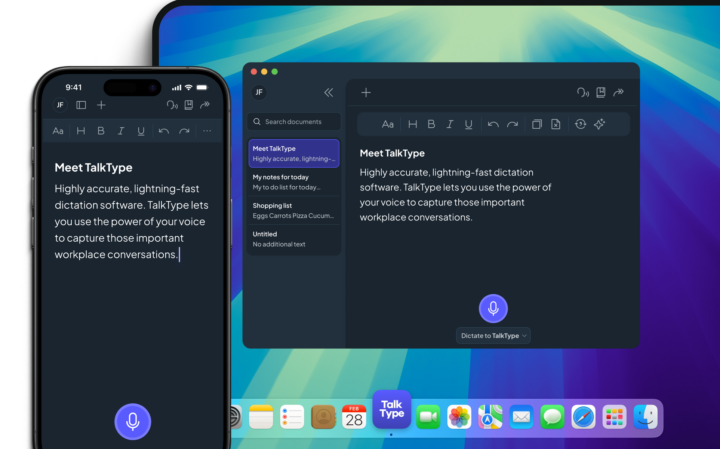The Proven Benefits of Working as a Team
So, what are the benefits of working as a team? Here are just a few…
The Antidote to Burnout
According to one study, almost 70% of employees feel that having positive relationships with colleagues brings them happiness at work. And it’s not much of a surprise, really. When we’re able to share responsibility, work towards common goals, and feel connected with one another, we feel more positive and work more productively. This reduces the likelihood of becoming burnt out because we feel supported, safe to share struggles, and more resilient on the whole.
Innovation Through Different Perspectives
Research from Cloverpop shows that teams with diverse members outperform others in decision-making 87% of the time. This strengthened decision-making is thanks to the varied perspectives and experiences you get as a result of a diverse team. Teams with only one viewpoint would not only be bland, but they’d also lack the balance needed to innovate and make great decisions. With a little back and forth, we can ensure what we do is well thought out and create more opportunities for great ideas to arise.
Shared Learning and Skill Growth
Teams naturally create opportunities for learning. When people collaborate, they pick up new approaches, tools, and ways of thinking from one another. This kind of informal knowledge-sharing helps individuals to grow faster while strengthening the whole team’s abilities. Whether it’s mentoring, cross-training, or supporting each other with Personal Development Plans, working together accelerates development in a way solo work rarely can.
The ‘We’ Effect
Being part of a collective and using the word ‘we’ makes us feel part of something larger. As a result, the huge, scary dream that would never be achievable alone feels like it could suddenly be within reach. In his book, John Maxwell said, ‘One is too small a number to achieve greatness.’ In other words, the greater the goal is, the more we need the ‘we’.




